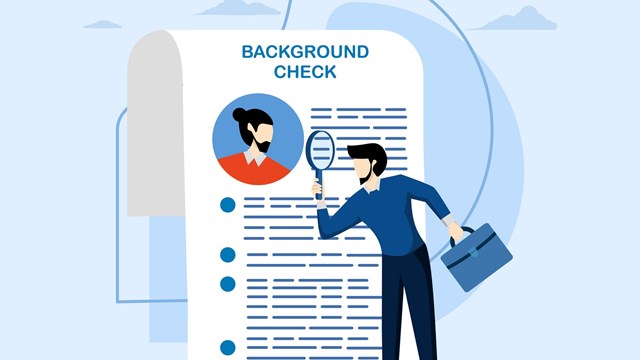The entire real estate industry - from owners and developers to contractors and architects - has been focused on the issue of mold contamination during the past year. However, no segment of industry has been more watchful than cooperative and condominium boards. It has become increasingly clear that in the current environment, co-ops and condos must take a leadership position to maintain control over this issue.
With this in mind, many boards have begun to implement comprehensive mold management programs. Unfortunately, in some instances the "mold experts" being utilized by co-ops and condos are not properly pre-qualified. Inexperienced companies with limited expertise in mold contamination and mold management are doing more harm than good.
While there is still some dispute over the nature and extent of health risks associated with mold, there can be no doubt that the mere presence of mold in a residential building can become a serious problem - even if only through the negative perception and publicity that mold exposure can generate. This is true despite the lack of a definitive connection between mold and specific health problems.
Concern over liability and potential litigation risk clearly increased this past December when a "toxic mold" jury verdict (
The case involved Katrine Stevens, a female graphic designer, who sued her condominium association in 1995 after suffering asthma and flu-like symptoms from reported toxic mold. After an eight-year battle with the condominium directors, the jury deciding on her lawsuit found in favor of Stevens. With interest, she could receive nearly $550,000.
The verdict showed that juries are becoming less patient with the medical industry's failure to build a consensus directly connecting specific illnesses to mold exposure. Instead, juries are relying on evidence offered by attending physicians and mold laboratories. Nationwide, mold cases have tripled, according to the New York-based Insurance Information Institute. More than $3 billion was paid out for mold claims in 2002, up from $1.4 billion in 2001.
Other major mold-related lawsuits are now making their way through the courts. One such suit - prompted by reported mold contamination where none may have in fact occurred - has been filed by 515 Park Avenue, one of Manhattan's most exclusive and expensive condos, and has put a finer point on the threat of liability. The suit goes beyond the threshold of mold claims into what has become the next major phase of construction and design defect litigation in the United States. The suit names numerous defendants, and while quite a few may end up being excluded, many still face the uncertainty of litigation liability created by mold.
Mold has not only generated enormous publicity, it has created an insidious fear that has been increased by the personal nature of the problem; mold can appear anywhere in an apartment or home, even in a bedroom. It is organic, difficult to control, and can cause eye irritation, cough, runny nose, increased allergic response, and asthma sensitivities. Not surprisingly, the anxiety created by the presence of mold is pervasive.
To avoid becoming easy targets as mold insurance coverage becomes more and more elusive, the boards and managers of co-op and condo buildings must develop thoughtful strategic planning procedures, adopting both short- and long-term views of the mold risk before them. Every response to mold, whether in a minor settlement or in the defense of major claim, will have consequences for many years to come. Therefore, no decision related to mold should be made without a full understanding of the potential problems and the options available to the board.
The board must address mold issues in full view of residents, explaining the need for a team effort to enact most effective control possible within a building. Boards should already be developing a comprehensive mold management program that identifies the level and clarity of communication between boards and residents. Advance planning enables boards to ensure appropriate training of facilities' staff and personnel; the development of a pre-qualified group of experts; the purchase of insurance that includes mold coverage without extraordinarily high deductibles, low limits and claims-made policy structure.
When mold - or even the suspicion of mold - creeps into the picture, boards and management companies are confronted with a difficult problem. However, a clearly defined series of protocols, mold protection programs, and a collaborative response can go a long way toward reducing mold risk. Unfortunately, if the first step is the wrong step, boards can head down a path that will increase health and financial risk for all those associated with the building.
In the event mold remediation becomes necessary, a properly prepared, strategically-sound board then should be able to choose the most professional team of environmental experts and remediation contractors. The advance planning will ensure that the professionals on the job understand the impact mold has on the health and welfare of residents and on property values.







5 Comments
Leave a Comment